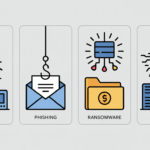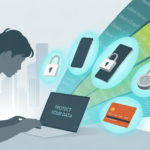Introduction: The Password Dilemma We All Face
You know the drill. You’re signing up for a new app, and the password field hits you with that all too familiar anxiety. “Must be at least 12 characters. Include an uppercase letter, a number, a symbol, and the blood of a mythical creature.” You sigh, type in a variation of your old standby, and hope for the best. We’ve all been there. The modern internet demands fortress like passwords, but our human brains are more like sticky notes. We’re caught between the terrifying news of another massive data breach and the sheer impossibility of memorizing dozens of complex, unique codes. What if I told you the secret isn’t about creating a password, but a password system? A method so powerful that you can create a unique, strong password for every site and still remember it with ease. Today, we’re moving beyond generic advice and diving into the neuroscience and practical techniques behind how create strong password systems that stick. Let’s break the cycle of password panic for good.
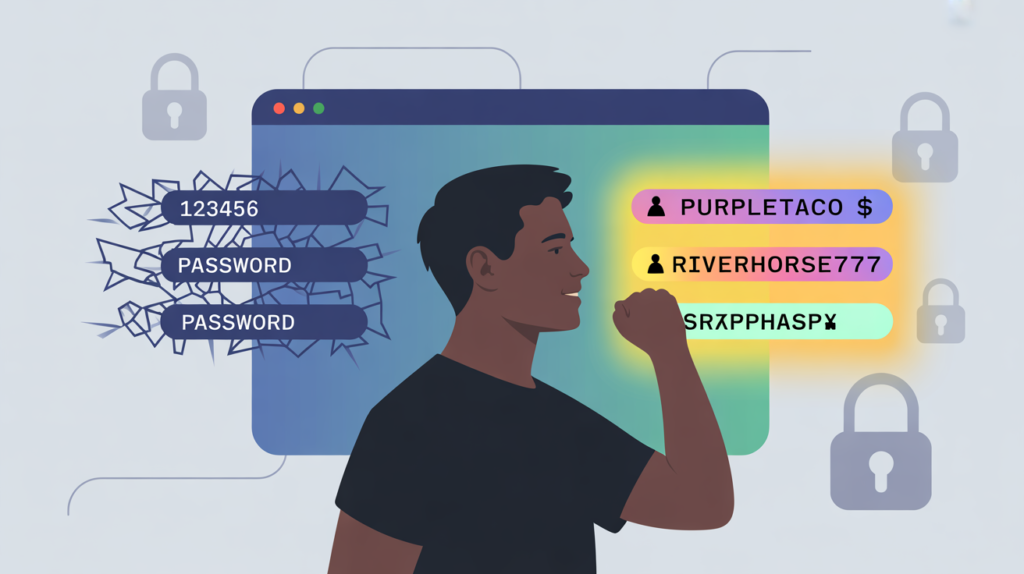
Why Strong Passwords Matter More Than Ever
Cybersecurity attacks are growing in sophistication. According to a 2024 Verizon Data Breach Report, over 80% of hacking-related breaches involve stolen or weak passwords. Even worse, credential stuffing where attackers test millions of leaked username password combos remains a top entry point.
In other words: a weak password isn’t just risky, it’s practically an open invitation.
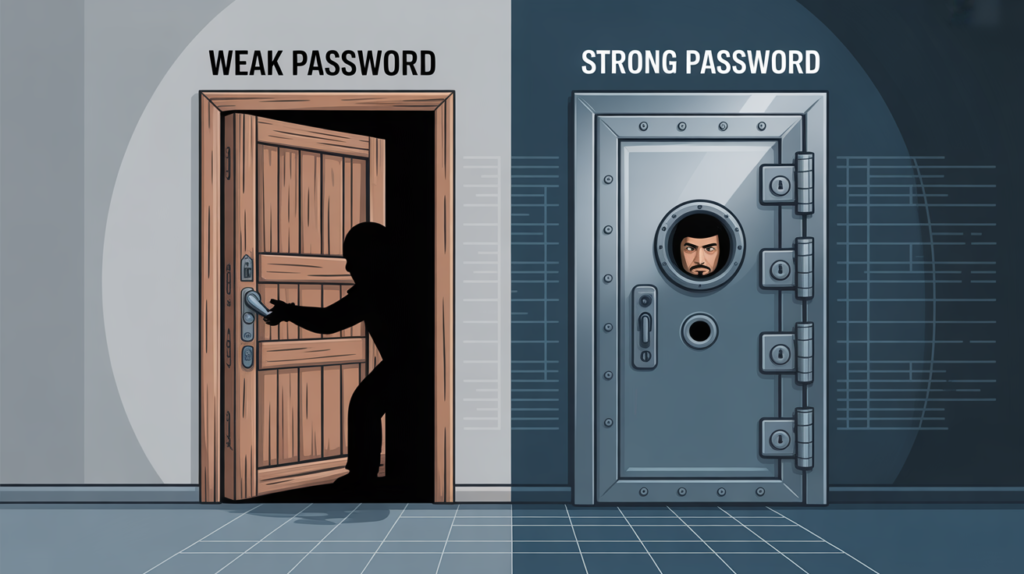
What Makes a Password “Strong”?
Most experts, including NIST (National Institute of Standards and Technology), agree that a strong password balances length, complexity, and unpredictability. Let’s break that down:
- Length: At least 12–16 characters
- Complexity: Mix of uppercase, lowercase, numbers, and symbols
- Unpredictability: Avoid dictionary words, personal info, or repeating patterns
But here’s the kicker: complexity doesn’t always equal security. A password like Tr0ub4dor&3 might look safe, but it’s actually predictable to cracking algorithms. Meanwhile, a simple passphrase like correcthorsebatterystaple (popularized by XKCD) is far stronger because of its length and randomness.
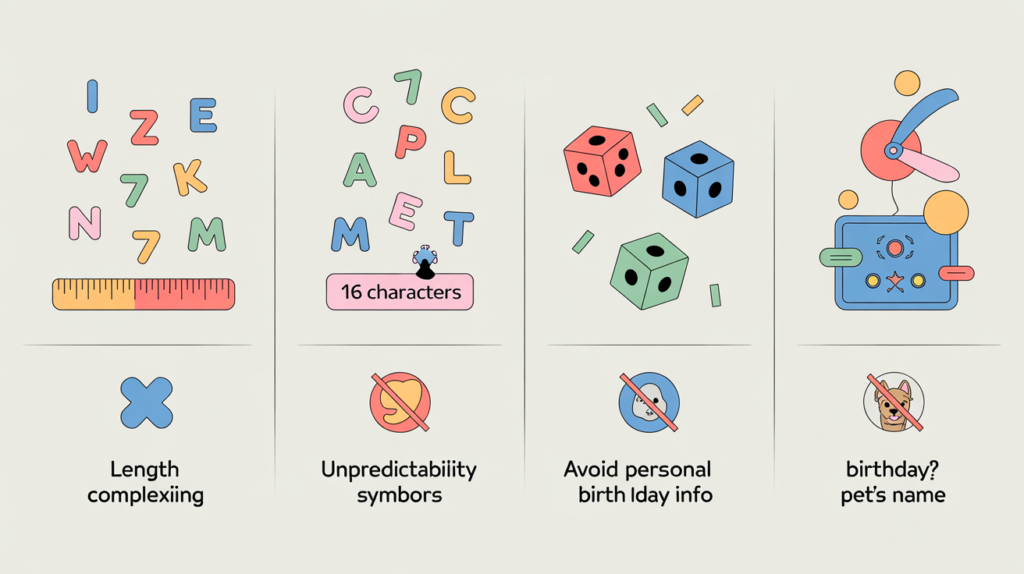
Why “Unforgettable” Passwords Fail
Let’s be honest: humans are creatures of habit. We often:
- Reuse passwords across accounts
- Add a “1” or “2025” to meet complexity rules
- Rely on family names, pets, or birthdays
The problem? Hackers know this. Lists of the most common passwords are publicly available. If you’re using a variant of Summer2025!, it won’t take long before someone else logs into your account.
How Create Strong Password You Can Actually Remember
Here’s where we shift from theory to practical strategies.
1. Use the “Passphrase” Method
Instead of a random string, use a series of unrelated words strung together. For example:
PurpleTaco$RiverHorse77
It’s long, easy to picture in your mind, and far harder for brute-force programs to guess.
Pro tip: Add a story element. A weird mental image (like a purple taco floating down a river with a horse) sticks in your brain better than nonsense characters.
2. Leverage Mnemonics
Take the first letters of a phrase you know by heart. For example:
Phrase: “My first car was a red Toyota I bought in 2005!”
Password: MfcwaRTIbi2005!
This combines personal relevance with randomness, making it memorable and secure.
3. The “Chunking” Technique
Ever notice how phone numbers are grouped into chunks? Our brains remember patterns better that way. Apply the same trick:
Instead of: A8d!3Fk9L2m#
Think: A8d!-3Fk9-L2m#
Breaking it into mini blocks makes it easier to recall while keeping complexity.
4. Create Account-Specific Variations
Reusing passwords is risky, but remembering 50 unique ones isn’t realistic either. Solution? Create a base passphrase and tweak it for each site.
Example base: GreenTiger$Moon44
For Gmail: GreenTiger$Moon44GM
For Netflix: GreenTiger$Moon44NF
The base remains familiar, while the variation adds uniqueness.
5. Tap Into “Memory Palaces”
This advanced technique uses visualization. Assign parts of your password to locations in a room or familiar place. For example:
- Sofa → “Blue”
- Desk → “7!”
- Window → “Falcon”
Your password becomes: Blue7!Falcon.
The mental journey locks it into memory more reliably than rote memorization.
The Case for Password Managers
Even the best memory tricks have limits. For maximum security, pair strong passwords with a password manager like 1Password, Bitwarden, or LastPass.
Benefits:
- Stores all your complex passwords in one encrypted vault
- Generates unique, random strings automatically
- Syncs across devices
You’ll only need to remember one master password which you can design using the passphrase method above.
Comparing Approaches: Which Works Best?
Here’s a quick table comparing common password strategies:
| Method | Security Level | Memory Friendliness | Best Use Case |
|---|---|---|---|
| Random string (e.g., Xy9!d#3Fq) | High (if long enough) | Low | Best when stored in a password manager |
| Passphrase (e.g., HorseRiver$Moon77) | Very High | High | Personal accounts you must recall |
| Mnemonics (e.g., MfcwaRTIbi2005!) | Medium-High | Medium-High | Occasional logins |
| Chunking (e.g., A8d!-3Fk9-L2m#) | Medium | Medium | Complex but structured passwords |
| Account variations (e.g., Base+SiteCode) | Medium | High | Multiple online accounts without a manager |
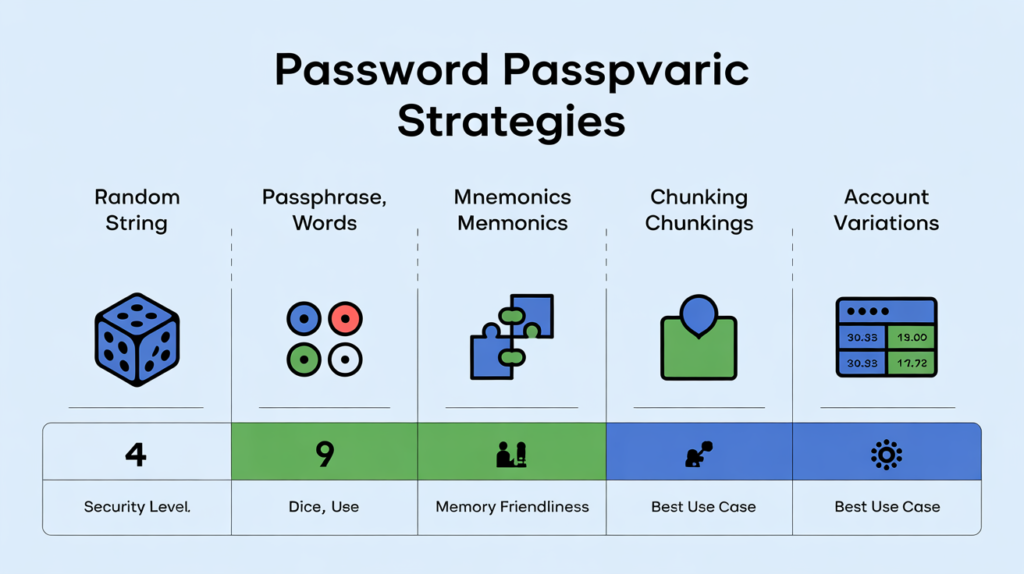
Beyond Passwords: Two-Factor Authentication (2FA)
Even the strongest password can be compromised in a breach. That’s why two factor authentication (2FA) is essential.
Options include:
- Authenticator apps (e.g., Google Authenticator, Authy)
- SMS codes (less secure, but better than nothing)
- Hardware keys (e.g., YubiKey for maximum protection)
Think of 2FA as adding a deadbolt to your digital front door.
Personal Reflection: The Day I Got Hacked
A few years ago, I used the same password (with small variations) across multiple accounts. When one shopping site got breached, hackers tried the same login on my email and it worked.
Within minutes, they were sending spam to my contacts. It was embarrassing and stressful. Since then, I’ve adopted the passphrase + password manager approach, and I haven’t looked back.
The lesson? It only takes one weak link to compromise your entire digital identity.
Conclusion: Balance Security with Usability
The secret to strong, memorable passwords isn’t about choosing between security and convenience it’s about combining the two.
To recap how create strong password you can remember:
- Use passphrases instead of random strings
- Leverage mnemonics and chunking for memory hacks
- Create account-specific variations to avoid reuse
- Store everything in a password manager for peace of mind
- Always enable two-factor authentication
Your passwords are the keys to your digital life. With these strategies, you can lock out intruders without locking yourself out.
Call to Action
Ready to take back control of your online security? Start today:
- Update your weakest password using the passphrase method
- Install a password manager and generate unique logins
- Enable 2FA on your most important accounts
Have a favorite trick for remembering passwords? Share it in the comments below—you might just help someone else protect their digital world.

